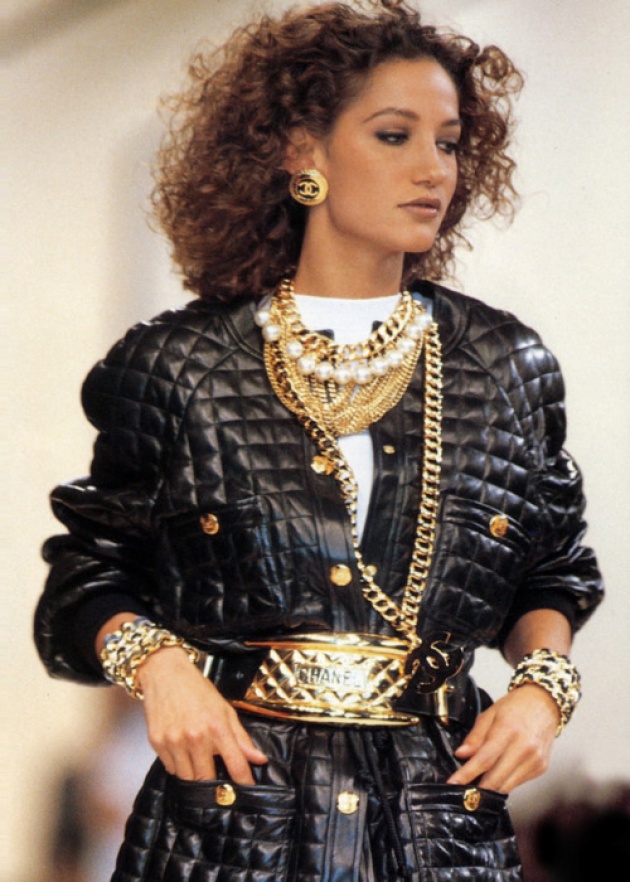

The Air Yeezy 1 and 2 collections gained instant popularity, setting new records for how much they demanded in resale prices. Best known for his incredibly popular sneaker designs, West began designing footwear for Nike almost a decade ago. Kanye's preppy, collegiate style stood out to begin with, but it was at the start of the 2010s that he came into his own with the creation of his profoundly popular collection Yeezy 1. It was a brand of prep Americana in every mall kids would save their money for just to have one of the brand’s ironic logo’d graphic tees. In the early 1980s, the in hip - hop fashion for New York City Black youth included. When West released his first album “The College Dropout” in 2004, his prepped out style and popped collars was perfectly timed with the rise and dominance to then absurdly expensive teen retailer with uniquely Waspy appeal, Abercrombie & Fitch. The Hip-hop Studies Reader Mark Anthony Neal, Murray Forman. No hip-hop artist in recent memory has influenced high fashion more than Kanye West. The new yet immense popularity of the brand in the hip-hop community provided Hilfiger fueled growth and widespread brand resurgence since its founding 10 years prior.

In 1994, Snoop Dogg donned a shirt emblazoned with the Tommy name on “Saturday Night Live,” gifted to him just hours before.


Grand Puba name-dropped Hilfiger in his hit 1992 track “360° (What Goes Around)” and wore the designer’s clothes on various album covers. In 1991, designer Isaac Mizrahi incorporated hip-hop accessories such as African-inspired medallions into his New York Fashion Week runway show, while Anne Klein launched a clothing line especially based on rap music. Yet, in 1994, Timberland’s chief operating officer issued a public statement reassuring customers that the brand wasn’t abandoning it’s so-called core base for the urban market. In contrast, however, hip-hop artists wore styles from Polo, Timberland, and Tommy Hilfiger, drawn to their all-American, elite, country club appeal. This theory explains the early emergence of hip-hop fashion in the ‘80s and ‘90s, when consumers adopted aspirational labels not typically marketed to them, black poor teens, and young adults. The upper class of fashion leadership proposes that new styles are adopted or started by groups in higher social classes, and they are later adopted in the lower social classes. The genre had became a powerful mix of influences - especially for clothing - allowing for the interaction of two theories of fashion diffusion. The placement of the one of the hottest, most talked about female rappers today is a strong example of how high fashion has largely been influenced by hip-hop, which, in December 2017, surpassed rock to become the most popular music genre in the U.S. This seat, next to the most powerful figure in fashion, is typically reserved for A-list friends of the designers, powerful editors, industry exes - even royalty. Noteworthy invitees included rappers 2 Chainz, Migos, Wiz Khalifa, Cardi B, Nicki Minaj, Jaden Smith and A$AP Ferg, who garnered a wealth of social media attention and photo coverage usually filled by fashion’s most elite.Ĭontinuing to buck traditional fashion protocol, Cardi B sat front row alongside Wintour during Alexander Wang’s Autumn/Winter 2018 runway show at the former Condé Nast offices above New York’s Times Square. Brent N.At the 2018 MET Gala (dubbed the Oscars of the fashion world) hosts included not only the event’s annual chair, Vogue’s Editor-in-Chief Anna Wintour, but also Rihanna. On his 4:44 Tour, Jay-Z, wearing a Gucci jacket, performs onstage at Capital One Arena on Nov. The trio signed a $1 million deal with Adidas, considered hip-hop's first endorsement deal. Jason "Jam Master Jay" Mizell, from left, Darryl "DMC" McDaniels and Joseph "DJ Run" Simmons of Run-DMC being inducted into Hollywood's RockWalk on Feb. Others including Karl Kani, Carl Jones of Cross Colours and the team behind FUBU (led by “Shark Tank” judge Daymond John) have made clothes expressly designed for hip-hop audiences. Consider hip-hop’s early days when Adidas struck a $1 million deal with Run-DMC after the group performed the song “My Adidas” - it’s considered to be rap’s first endorsement deal - or Sean Combs’ savvy move from music to apparel with the 1998 launch of his label Sean John or Kendrick Lamar’s collaboration with Nike. Hip-hop artists have learned quickly that making music is just one small part of their cultural imprint. Perhaps one of the greatest lessons hip-hop has taught the fashion world has been every man is a brand.


 0 kommentar(er)
0 kommentar(er)
